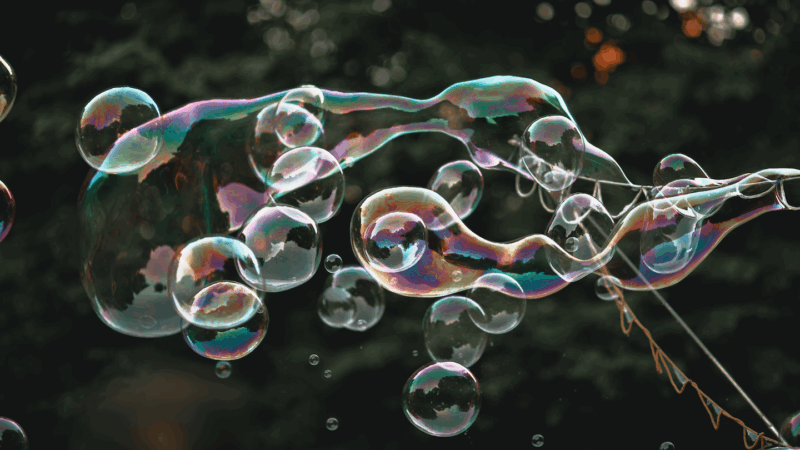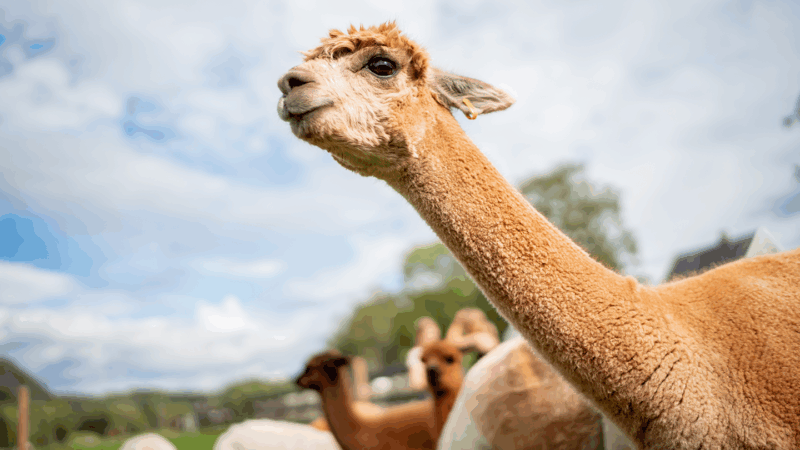[vc_row css_animation=”” row_type=”row” use_row_as_full_screen_section=”no” type=”full_width” angled_section=”no” text_align=”left” background_image_as_pattern=”without_pattern”][vc_column][vc_column_text]
Flubber was introduced to the world in the 1961 Disney film, The Absent-Minded Professor. In the film, Professor Brainard (the absent-minded professor) invents a substance that gains energy when struck. Professor Brainard names his invention Flubber (short for flying rubber). Later in the movie, he uses Flubber to make his car fly and [spoiler alert] help the members of the basketball team win the big game by smearing Flubber on the soles of their shoes.
Of course, Flubber is a fictional material. Or is it? In this activity, you’ll make and experiment with a substance that’s Flubber-like.
Here’s What You Need
-
- 1/2 cup of White glue
- 1 tsp of Borax Powder (Sodium tetraborate)*
- Water
- Large Bowl
- Spoon
*You can find Borax at the grocery store near the laundry detergent
Here’s What You Do
Put the glue and 1/2 cup of water in a bowl. Use your fingers (or a spoon) to mix everything together. In another cup or bowl, add the Borax to 1/2 cup of warm water and mix with a clean finger (or spoon).
Now, we are ready to make some Flubber. Using your finger (or a spoon), stir the glue mixture and slowly add the Borax mixture. You should feel something happening immediately! Keep stirring the mixture and adding Borax until you get your Flubber to the perfect place. If you are really adventurous, you can pull your Flubber out the bowl and continue to mix it in your hand.
Here are some things to think about:
-
- Is Flubber a solid or a liquid?
- What are the properties of Flubber?
- Does it hold its shape?
- Does it bounce?
You will probably come up with more questions to explore.
Clean Up: You probably don’t want to put your Flubber down the sink. Let’s just say that it will create some problems. If you have a dumpster or large trash can, dispose of it there. You can also put it in a plastic zip-lock bag or a sealable container for future explorations.
The Science Behind Flubber
If you want to understand the science behind Flubber, you need to know about polymers. A polymer is a chain of molecules. The word is derived from the Greek polu (many) and meros (part). Plastic and DNA are both polymers. Glue is also a polymer.
Here is how science enthusiast Steve Spangler explains it (I like his analogy): Think about a bowl of fresh spaghetti. When it comes out of the pot, the noodles slide around (kind of like a liquid). Because they are wet, the noodles can slide around and over each other. However, after a while the spaghetti dries a bit, the noodles begin to stick to each other, and everything takes on a rubbery texture. After a while longer the pile of spaghetti turns into a solid mass.
Polymers, like the spaghetti, are made of long strands. If the strands are loose and allowed to move around and over each other, the polymer acts like a liquid. However, if the strands stick together at a few points along the strand (like the sticky spaghetti), the polymer acts like a rubbery solid called an elastomer. Glue is made up of long strands of molecules that slip and slide past each other. Scientist call Borax a cross linker because it causes these strands to stick together and form the rubbery material we now know as Flubber.
Science Fast Fact
Here are some interesting things you might not know about Elmer’s Glue:
-
- It is estimated that over 47 million elementary school student use Elmer’s Glue on a weekly basis.
- It takes 5 seconds to fill a 4 oz. bottle of glue.
- Elmer’s Glue is the color white because of the natural reaction of the raw materials used to make the glue.
- Elmer’s Glue was used to build a pasta bridge that could support 2,350 lbs. The bridge was built by a high school student and was the winning entry in a pasta-bridge building contest held in Rhode Island.
[/vc_column_text][/vc_column][vc_column][/vc_column][/vc_row]

















